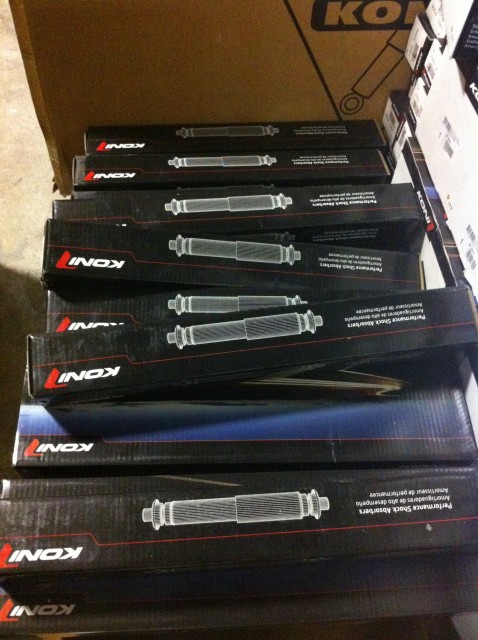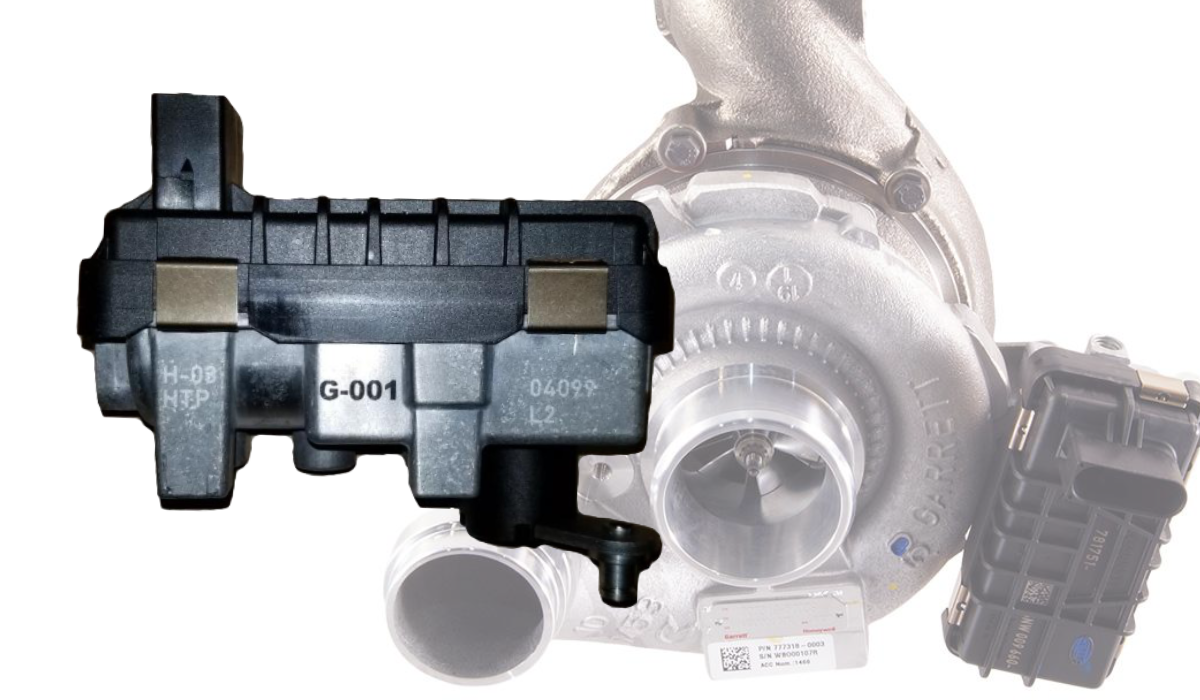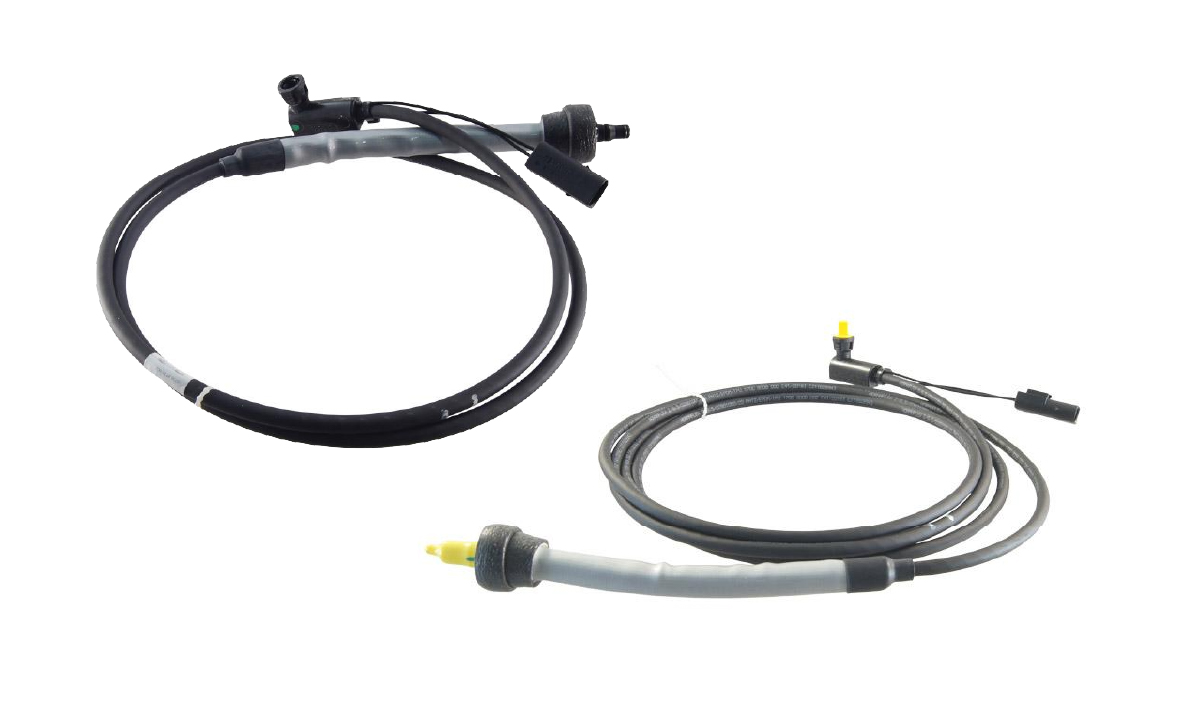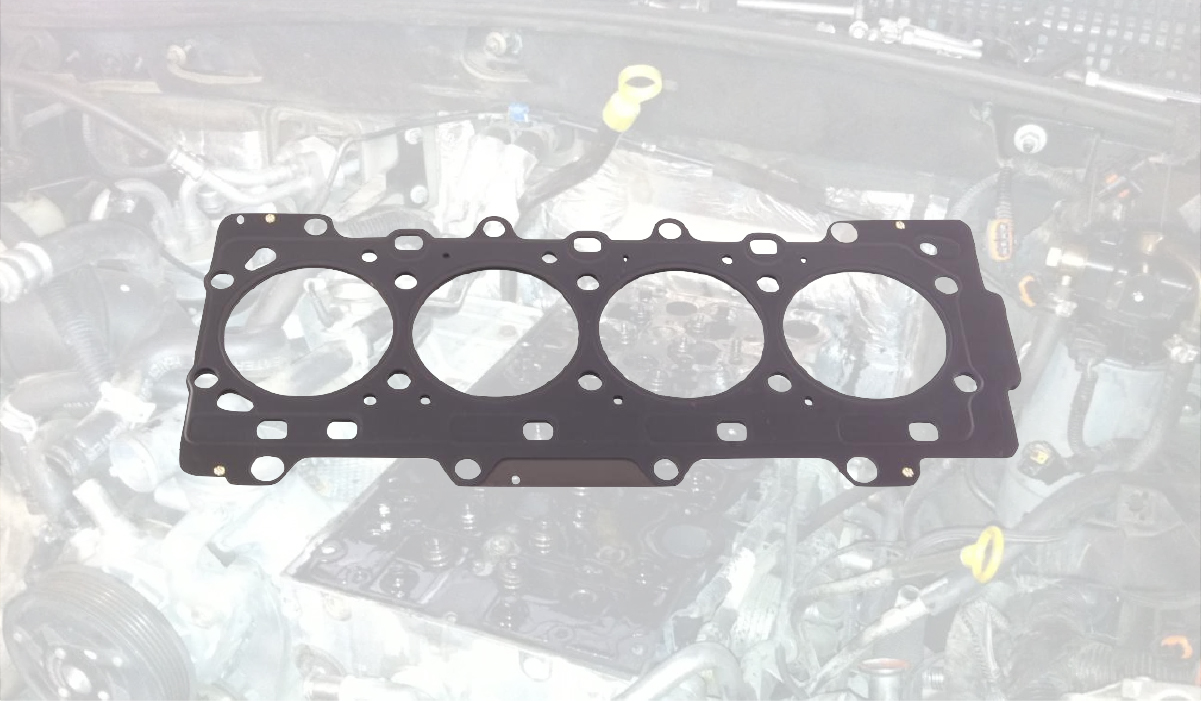Everything you ever wanted to know about Koni Shock and Struts.
Basically Koni makes three types of dampers:
- Twin tube hydraulic (Reds and Orange)
- Low pressure gas (Yellows and Coilovers)
- Frequency selective damping (FSDs)
Reds have been around the longest, and are twin tube hydraulic dampers that are adjustable outside the car. So you pick your adjustment setting and forget it. On full soft the Reds provide a ride slightly firmer than new stock dampers, and offer improved handling. They lack the harshness I find on gas-pressurized dampers like the Bilstein TCs and, to a lesser extent, the OE Boge/Sachs dampers.
Koni STR.T are its newest line, designed to offer Koni quality and a lifetime warranty in a lower priced damper. They are twin tube hydraulic, not adjustable, and set to provide more damping than Reds on full soft. They are designed to work with lowering springs, and provide enough rebound damping to work well in those applications.
Yellows are low pressure gas dampers that are adjustable when in the car. In MKIV VWs only the fronts are low pressure gas and the rears are hydraulic, and aren’t adjustable in the car. This is because the tops of the rear dampers aren’t accessible from inside the car, like they are in MKIII and earlier VWs. Yellows on full soft are significantly firmer than Reds on full soft, and on their firmest setting are quite firm. Both Reds and Yellows, like most street dampers, are adjustable only on rebound. Compression damping adjustment is only available on some upper end coilover setups.
Koni Coilovers are low pressure gas dampers and include springs that are significantly firmer than stock. There are three major advantages to coilovers over dampers and springs: height adjustment, the ability to corner balance the car, and the ability to run varying spring rates. A coilover setup on its tallest height setting will be a bit lower than a stock setup, and can be up to two inches lower than that, or even lower if you select shorter springs. Like Yellows, Koni’s coilover struts are adjustable inside the car, shocks adjustable outside the car.
Koni’s FSD dampers incorporate what they call Frequency Selective Damping in their struts, while the rear shocks are low pressure gas, and not adjustable. The FSD technology provides soft damping on high amplitude movement, such as potholes and expansion joints, and firm damping on low amplitude movement, such as cornering transitions. This provides a strut that rides well on bad roads and handles well when you want to drive aggressively. Koni offers FSDs as dampers alone, and as a suspension setup with matched Eibach sport springs that lower the car about 1.5 inches.
Those are the basic differences. Now I can provide some application thoughts, based on my own and others’ experience.
Koni Reds work best with stock springs and wheels. They are not a damper for someone who drives very aggressively. Having said that, my wagon with Reds on 3/4 firm and stock springs is very responsive, rolls little, and still has a reasonably compliant ride. Reds do not seem to work very well with a heavy wheel/tire setup or upgraded brakes, as they have some difficulty controlling the extra weight. And they can work with lowering springs if you set the adjustment at least halfway between soft and firm. I have Reds on my A3 with Neuspeed Sofsport springs, set at 3/4 firm, and they control the stiffer springs well and ride quite firm. I do have light 14″ wheels and tires on the car, which help.
I’ve had the best hands-on experience with STR.Ts. However, reports from JasonTDI and MrChill say that they are firmer than Reds, provide better rebound damping than Bilstein TCs, and ride better than TCs, because, I believe, they’re hydraulic versus gas pressurized. I think these should be a great setup on a New Beetle, which basically has firmer lowering springs from the factory. And they should also work well if you run big wheels or brakes, or have your car lowered.
Koni Yellows are a great compromise between ride and handling for those who drive aggressively or run their car on the track. I ran Yellows with the Shine Real Street setup on my Golf the summer before last and they worked very well. On full soft the car rode well when going to the track, and on 1/2 firm the handling tightened up dramatically. This is the setup that many of you saw three-wheeling around the “low speed” autocross course at the Montreal Fest. The Shine/Koni Yellow setup is my idea of an ideal aggressive road setup, and good for track days, although the springs really aren’t firm enough for serious track use.
That’s where Coilovers come in. Koni says that their coilovers can accommodate spring rates up to 700 lbs. For reference, most stock front TDI springs are around 150 lbs., and rears are about 120 lbs. I ran my Golf with 550F/350R springs last year until my accident, and the car handled much, much better than with the Shine setup. I was able to run the car significantly lower, and used camber plates to keep the geometry in line. Later last summer I switched the coilovers to IBW and ran with 700F/550R. Believe it or not the car wasn’t as punishing to ride in as you might think. And it cornered beautifully, totally flat. I put the stock Koni springs in the car at the end of the season (350F/190R) but couldn’t get the ride height up enough to make driving the car in snow worry free. But it rode and handled very well with those springs/dampers. I had the car corner balanced with both setups, and this does make a significant difference on the track, maybe not so noticeable on the street. I can say with some confidence that a Jetta Wagon wasn’t really made to be corner balanced. The fuel tank is in the wrong place. I guess it really isn’t intended as a track day tool, but tell that to the people I passed.
If you like a car that handles well and don’t want to sacrifice ride quality, the FSDs with stock springs are a great combination, and is really excellend if you add a Shine rear stabilizer bar. They really do work, and in about 40K of use I only found an occasional time where they would be caught off guard, such as a dip right after a bridge on the freeway. They seemed to be in soft mode for the expansion joints and the dip would catch the damper in soft mode, causing the car to bottom. This is very rare, however. I can only remember one place where I could repeat it, on 495 near the Ho5G. I even did a track day at Lime Rock in the wagon with them, and they did very well. They really are remarkable. They don’t work quite as well, IMO, with heavy wheels and brakes, or with a combination of heavy wheels and lowering springs. They don’t have quite enough overall damping for those setups. I read somewhere that the FSDs do the best job of overcoming what is a pretty primitive suspension setup on the MKIV cars. I’d agree with that. If you want your Jetta to ride and handle like a 3 series, FSDs will get you closer than anything else.
I warned you it would be a long answer. But to summarize:
- Lowest cost, firm damping: Orange
- Closest to OE ride, better handling: Red
- Firmer damping and adjustability, best able to handle big wheels and brakes: Yellows
- Firmest ride, most adjustment, great for the track: Coilovers
- Better than OE ride, excellent handling: FSDs.
Hope this doesn’t raise more questions than it answers. But if you have more, ask away.
Related Parts
Full collection of Koni shocks, struts, and springs for TDI’s












Leave a Reply